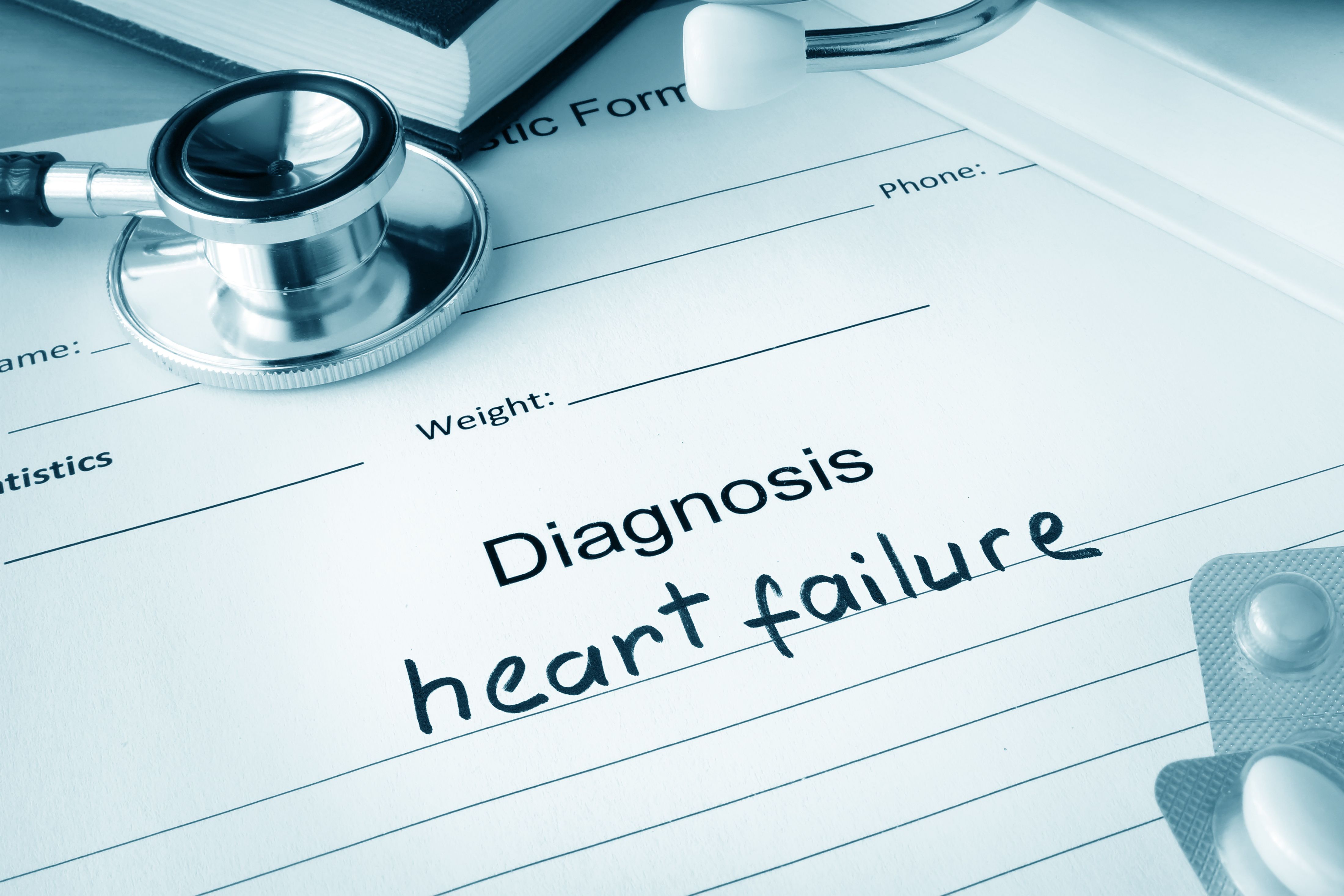Publication
Article
Cardiology Review® Online
Case report: Decompensated heart failure
A 57-year-old man with type 2 diabetes was admitted to the hospital with dyspnea. The electrocardiogram was consistent with a previous, silent, anterior wall myocardial infarction. The patient did not have angina, but he experienced dyspnea on light exercise. He was considered to have New York Heart Association (NYHA) functional class III heart failure.
The results of the echocardiogram showed hypokinesia of the anterior wall, resulting in a wall motion index of 1.4, which is equivalent to an ejection fraction of 40% to 45%. There was no valvular disease or hypertrophy, but signs of diastolic failure in the form of a short mitral deceleration time were evident. A coronary angiogram showed diffuse atherosclerosis without definite stenoses.
Treatment and outcome
After correcting fluid overload with a diuretic, the patient started taking an angiotensin-converting enzyme inhibitor and a beta blocking agent. He tolerated the treatment well, and his functional status improved to NYHA functional class I—II. After the initial improvement, however, the patient’s clinical condition deteriorated and he was admitted to the hospital with decompensated heart failure. After stabilization with diuretics and digoxin, he was discharged, but died suddenly in his home 1 month after the second hospitalization.
Conclusion
This patient had overt decompensated heart failure, which was not readily explained by systolic dysfunction. He had signs of diastolic dysfunction, but apart from hypertrophy, these signs are difficult to interpret. The patient was treated with the drugs used for more severe systolic dysfunction than he had; this is the most common practice, but one that is extrapolated from data obtained in clinical trials of patients with systolic dysfunction and from results of small experimental studies. Our patient improved clinically on this drug regimen. Nevertheless, heart failure with preserved left ventricular systolic function can be a clinical problem that is difficult to manage. Although prognosis in these patients is superior to that of patients with systolic dysfunction, nonsystolic heart failure is associated with a high risk of premature death.





